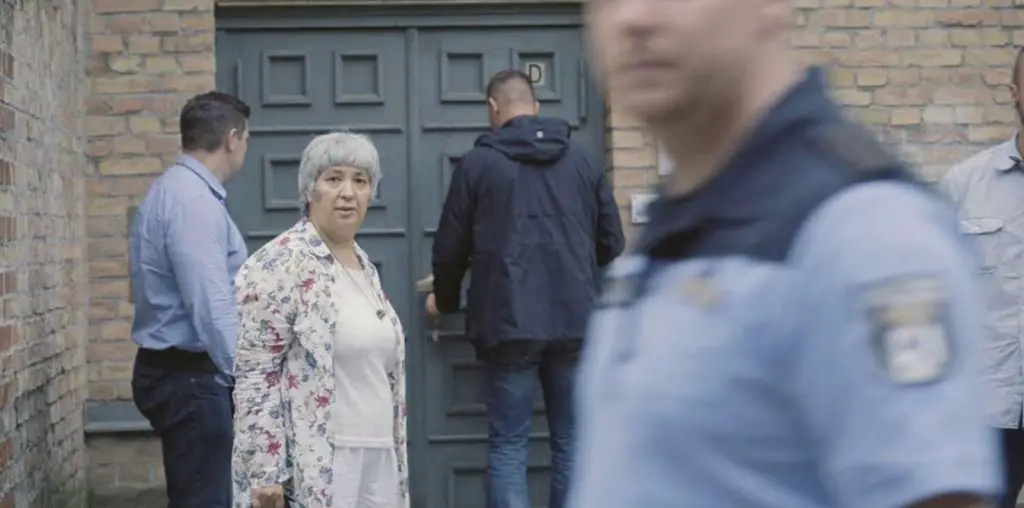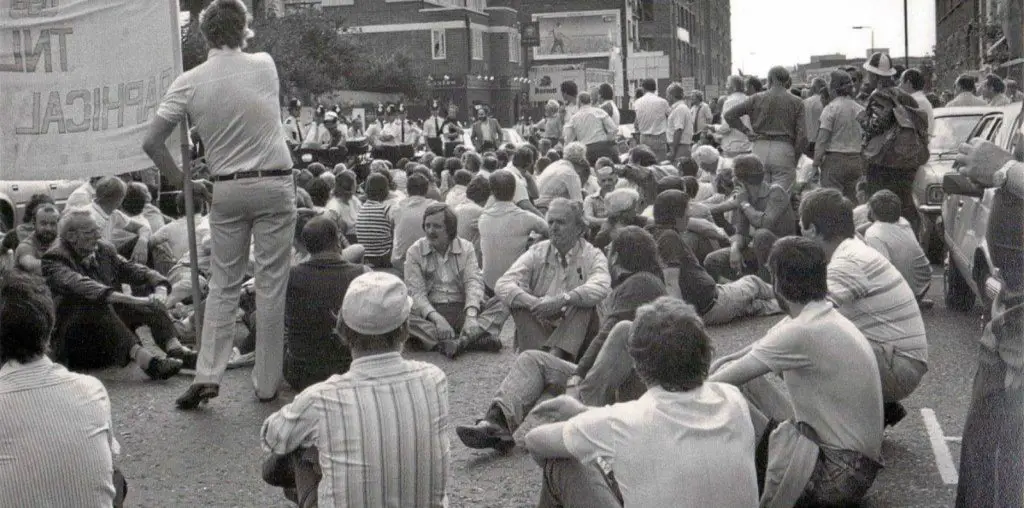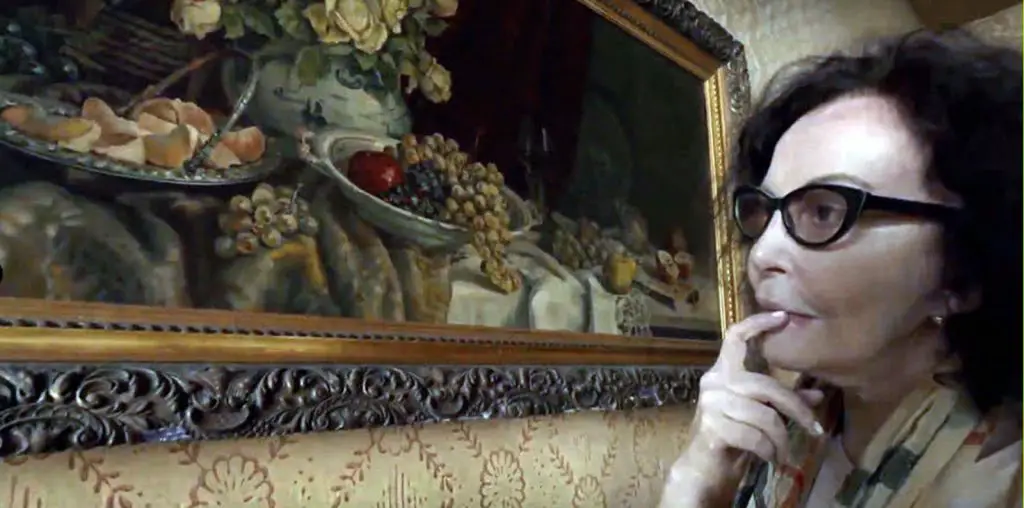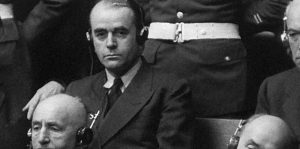
Speer’s background in architecture helped him ascend into Hitler’s inner circle. As the narrative continues, viewers notice his account is typical of those involved in mass murder — he was a careerist who was not really aware of the extent of the horrors committed by the Nazis. Speer saw Hitler’s invasion of other nations as a chance for him to have more projects. What of his overseeing a program that used millions of slave laborers? Well, it was simply a necessity in the middle of a war. Did he have any knowledge of the death camps? Well, he was not directly involved, so all he claims to have known was that people said some generally horrible things happened there.
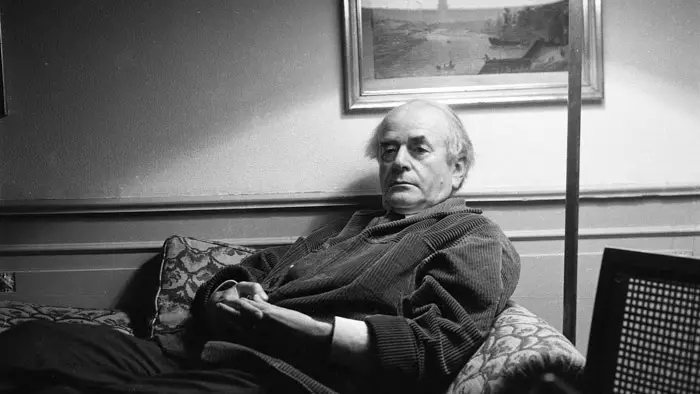
“…essential viewing for those who want a deeper understanding of the horrors Nazis committed…”
Speer Goes to Hollywood is essential viewing for those who want a deeper understanding of the horrors Nazis committed and the still lingering aftermath. Footage of the Nuremberg Trials reveals a constant back-and-forth between prosecutors bringing up evidence of the most debased crimes in human history and Nazis passing responsibility to others. Speer was no different, but he’s perhaps the most curious of the Nazi specimens put on trial. Speer was well aware of the power of visual spectacle, as were the most high-ranking Nazis. So it is no surprise that their universe was one of spectacular symbols, architecture, cinema, rallies, and Olympic Games.
Spectacles dazzle the eye and take attention away from those suffering and being crushed behind the pizzaz. Hollywood was and is still the industry of spectacle. Speer knew that he could afford himself another diversion, another rerouting of attention away from his responsibility by latching onto it. The theme of responsibility is at the heart of Speer Goes to Hollywood, and Lapa couldn’t have chosen a better subject.
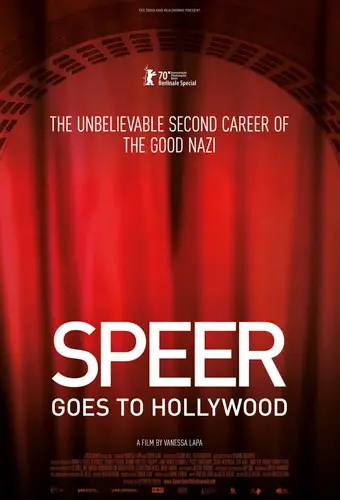
"…Lapa couldn't have chosen a better subject."
